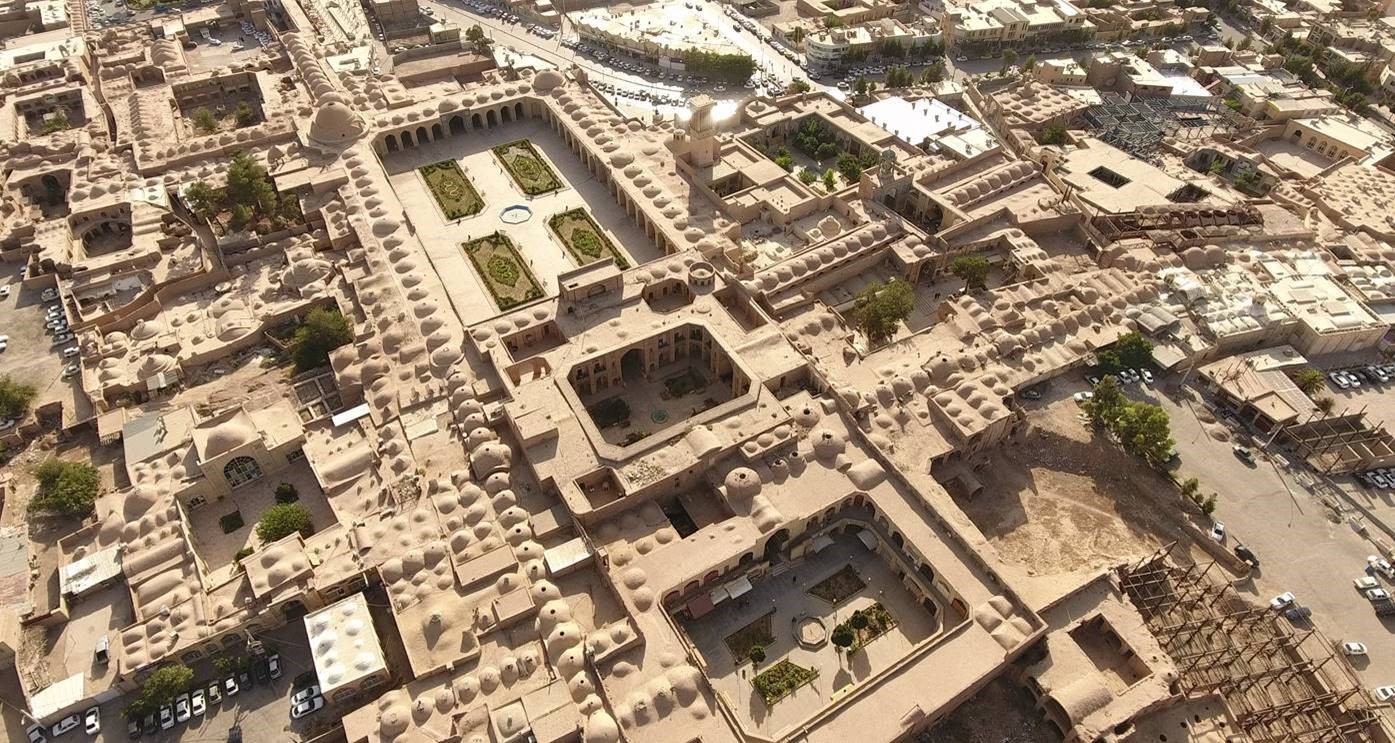KERMAN TRAVEL GUIDE
Things to Do in Kerman – Activities & Attractions
—————————Ο————————
Kerman city is the center of Kerman province, the largest province of Iran, in southeast of the country. Kerman is one of the five historical cities of Iran and the biggest city in southeast of Iran and also the most important city in industrial, political, cultural and scientific terms in Iran’s southeast. This city has passed behind so many ups and downs through history and so many important events have taken place here from pre-Islamic times until contemporary times. Socially, these events were unbearable for the people, but in a cultural sense, they’ve enriched this region, giving it a culture most pleasant and tolerant of the other thoughts and beliefs. All the minorities can easily live in Kerman among other people while still practicing their own rites and customs.
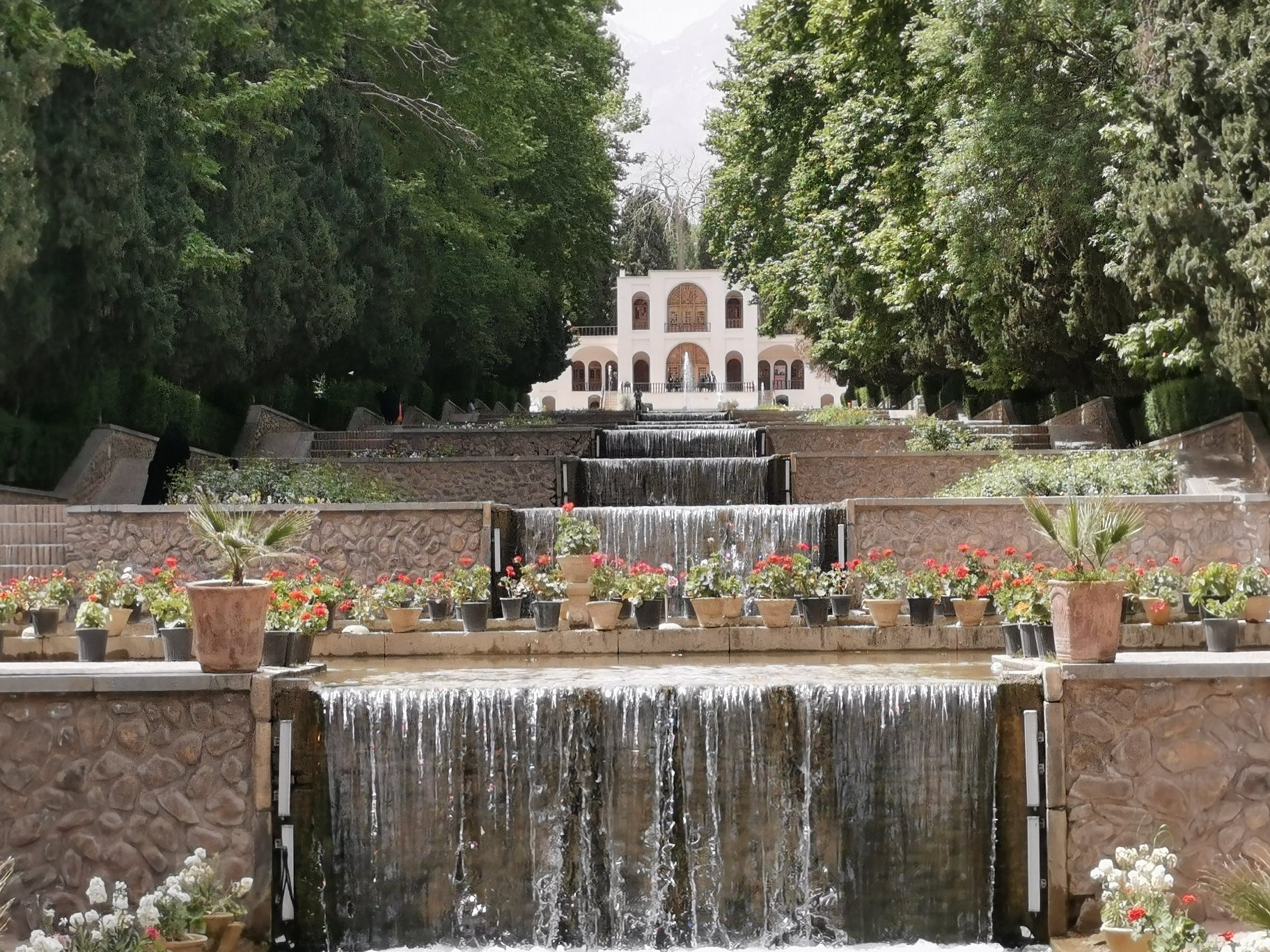
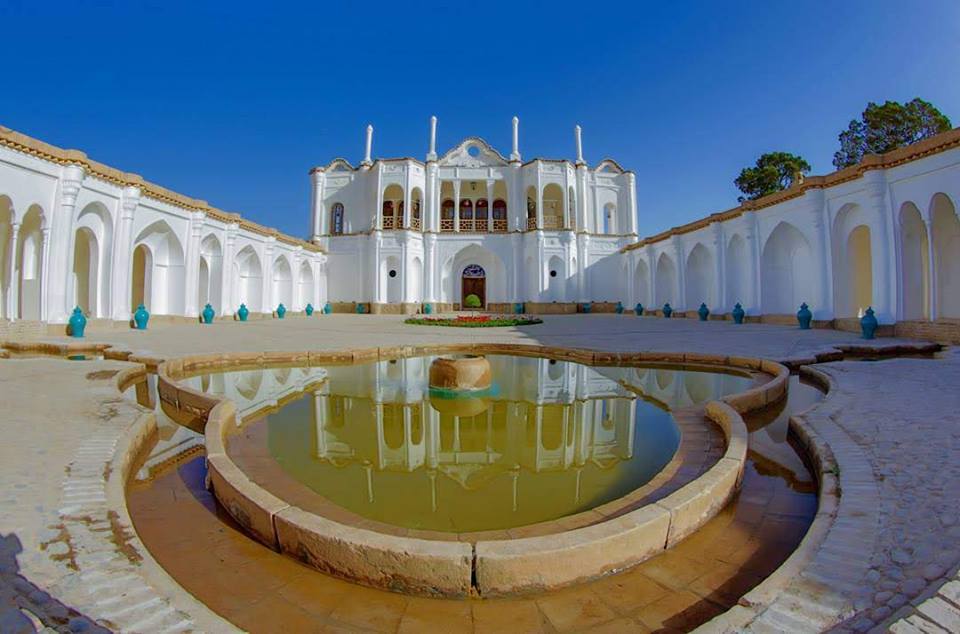
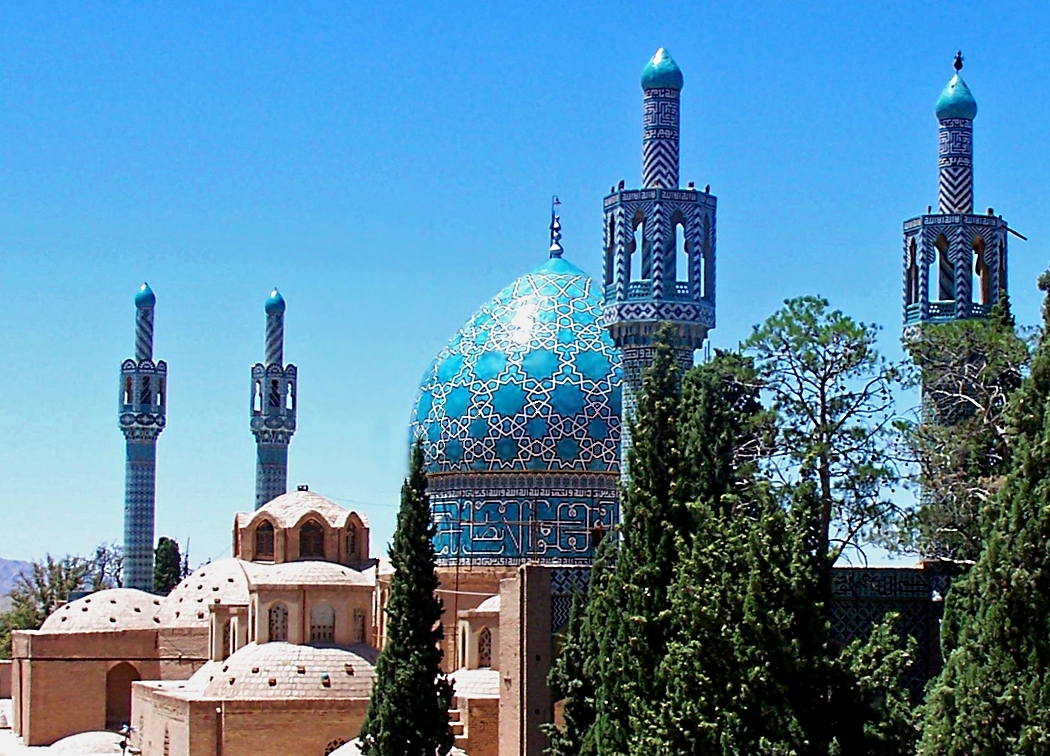
Shah Nematollah Vali was a Sufi saint and poet who died in the mid-15th century. The historical complex of shah nematollah vali located in mahan , kerman which contains the mausoleum of Shah Nematollah Vali, the renowned Iranian mystic and poet. Shah Nematollah Vali died in 1431 aged over 100.” “In 1436 a shrine was erected in his honor and became a pilgrimage site; with the attention of successive rulers contributing various additions over the centuries.” “The shrine complex comprises four courtyards, a reflecting pool, a mosque and twin minarets covered with turquoise tiles from the bottom up to the cupola.” “The earliest construction is attributed to the Bahmanid ruler Ahmed I Vali who erected the sanctuary chamber in 1436.” “Shah Abbas I undertook extensions and renovations in 1601, including reconstruction of the tiled blue dome, described as ‘one of the most magnificent architectural masterpieces in old Persia’. ” “During the Qajar period the site was particularly popular, necessitating the construction of additional courtyards to accommodate increased numbers of pilgrims. The minarets also date from this period.” “The small room where Nematollah Vali prayed and meditated contains plasterwork and tile decorations. The complex is also famous for its tilework and seven ancient wooden doors.
in the old town of Kerman is a Safavid-era building complex. The governor of Kerman, Ganjali Khan, ordered the construction of the complex which boasts an Isfahani architectural style.
The historical buildings include a school, a bazaar, a caravanserai, a public bath, and a water reservoir.boasting tastefully painted muqarnas, the portal welcomes you to Ganjali Khan hammam which todays serves as a museum. Frescoes depict Bahram Gor (the fifteenth Sasanian King) during hunting, Iranian love myths and legends like Khosrow and Shirin. The hammam features engrossing tile works, frescoes and wax figures representing the workings of a traditional bathhouse. It also enjoys the sophisticated architecture of that time to trap steam inside and resist cold weather infiltration.
There were once four mosques in four corners of the square but today three of them remain. The one in the square’s northeastern corner and adjacent to the caravanserai will be the one that calls your attention. The elegant tile-work on the building is eye-catchingly beautiful.
As one of the most credible coin and money museums in the country, Ganjali Khan coin museum features a wide variety of old coins. In the past, the museum used to be a mint where coins were minted.
To complete your visit to Ganjali Khan Complex, the old bazaar is a must. Leading to the gateway of Kerman on one end and to its exit on the other, the linear bazaar offers whatever your heart desires from traditional handicrafts to local nuts, spices, herbs, and copper works.
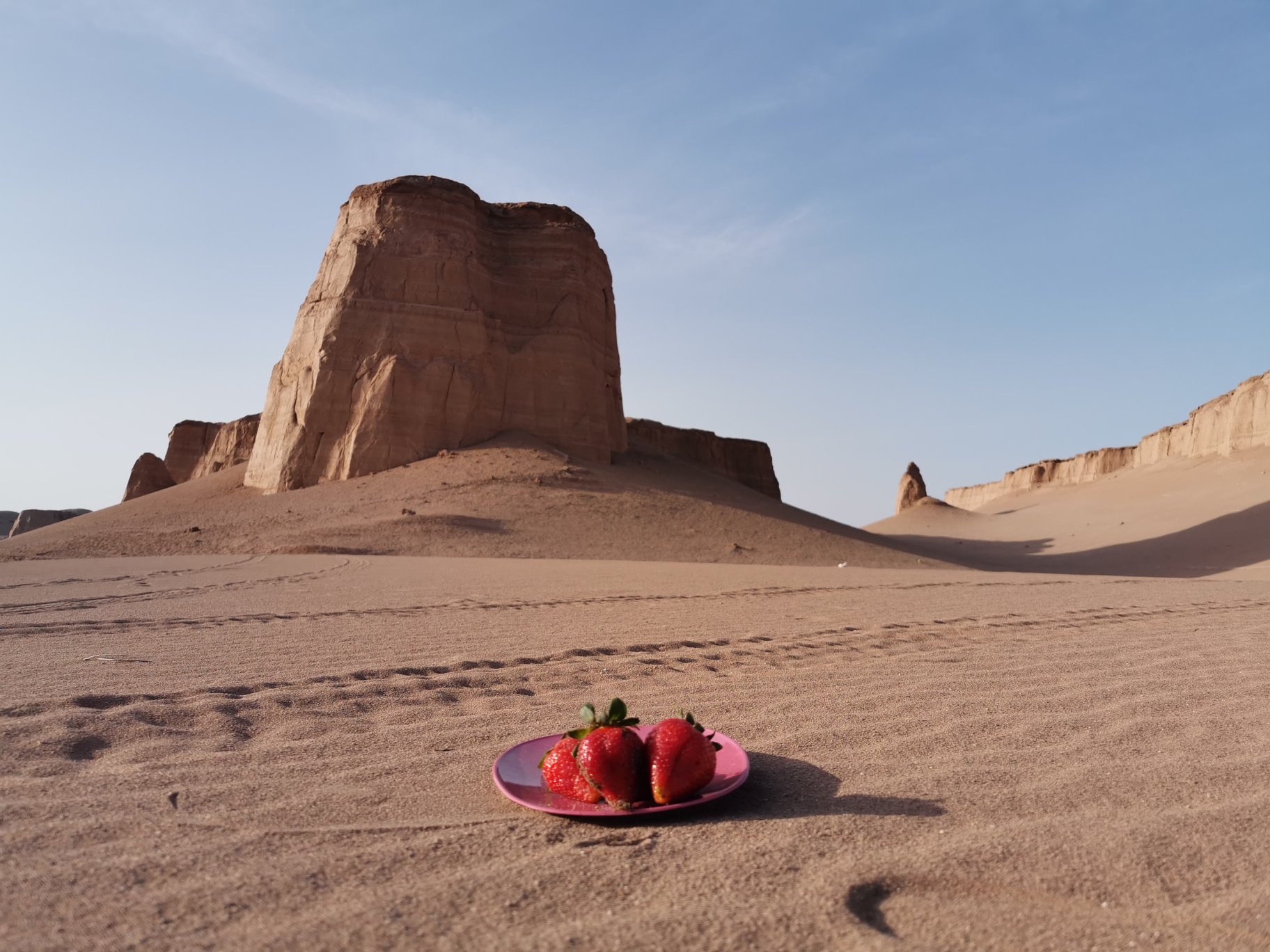
From afar it looks like a large complex of structures, but as you get closer their shapes get more defined and become more natural and more beautiful. Many people travel this far, to enjoy watching the sunrise and sunset from this point on earth.
Shahdad is a city of date palm trees and citrus orchards, located 87 km from south east of Kerman city. As an ancient city, Shahdad, dates back to 6000 years ago, and had been called “Khabis” back in the days. Shahdad has one of the oldest metal flags in the world, which then became famous with the name of “Derafsh-e-Shahdad” (Derafsh: Flag), after being discovered.
Kalouts are one the greatest nature’s phenomenon, located 40 km south east of the city of Shahdad. These Kalouts has a length of 145km and width of 80 km, covering an area of about 11,000 km2. Aeolian sand, clay and marine clay mainly cover the area between the Kalouts.Wind and salty water has played important roles in forming these natural structures. Sistan’s 120 -days wind blows, and “Rood-e-Shoor” (Salty river), are the two factors eroding the walls of Kalouts. Over the course of 20,000 years, these Kalouts have been formed as a result of erosions caused by wind and salty waters.
Salty river or “Rood-e-Shoor” is the only river permanently running through the desert all throughout the year and during all seasons. This river originates from the mountains in North West of Birjand city, it heads 200 km to the south east, to finally end its journey in salt mines of Shahdad. These salt mines are also known by the name of “Goad-e-Namak” (Salt hole). The saltiness of this river comes clearly from the water passing the salty riverbed, it becomes thicker as it evaporates en route to the salt mine. It has a thickness of yoghurt as it gets closer to the salt mine.it is believed that Shahdad Desert and Shahdad Kalouts are the hottest places on earth.
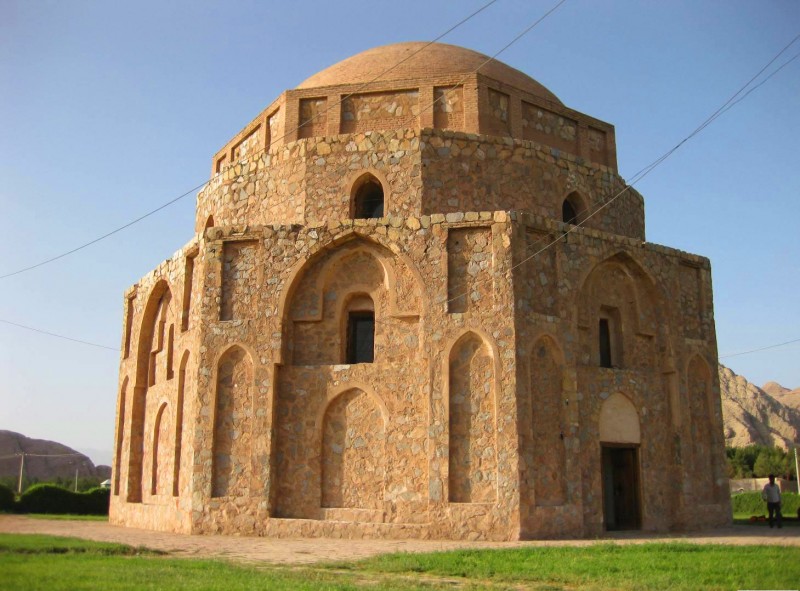
The building is made of solid stone, brick and camel milk which was used to bond the construction materials together. The well-built structure has lasted many years and is in good shape today. It also survived a major earthquake in 2004.
The height of Jabalieh Dome is 20 meters and there are eight portals around it. All but one of the portals have been blocked in order to strengthen the structure and prevent its destruction over time.
Currently, Jabalieh serves as a museum of old gravestones and inscriptions. The smallest gravestone in Kerman with a dimension of 22×26 cm is on display in the museum. The lush and leafy garden in which Jabalieh Dome sits is one of the main hangouts for locals.
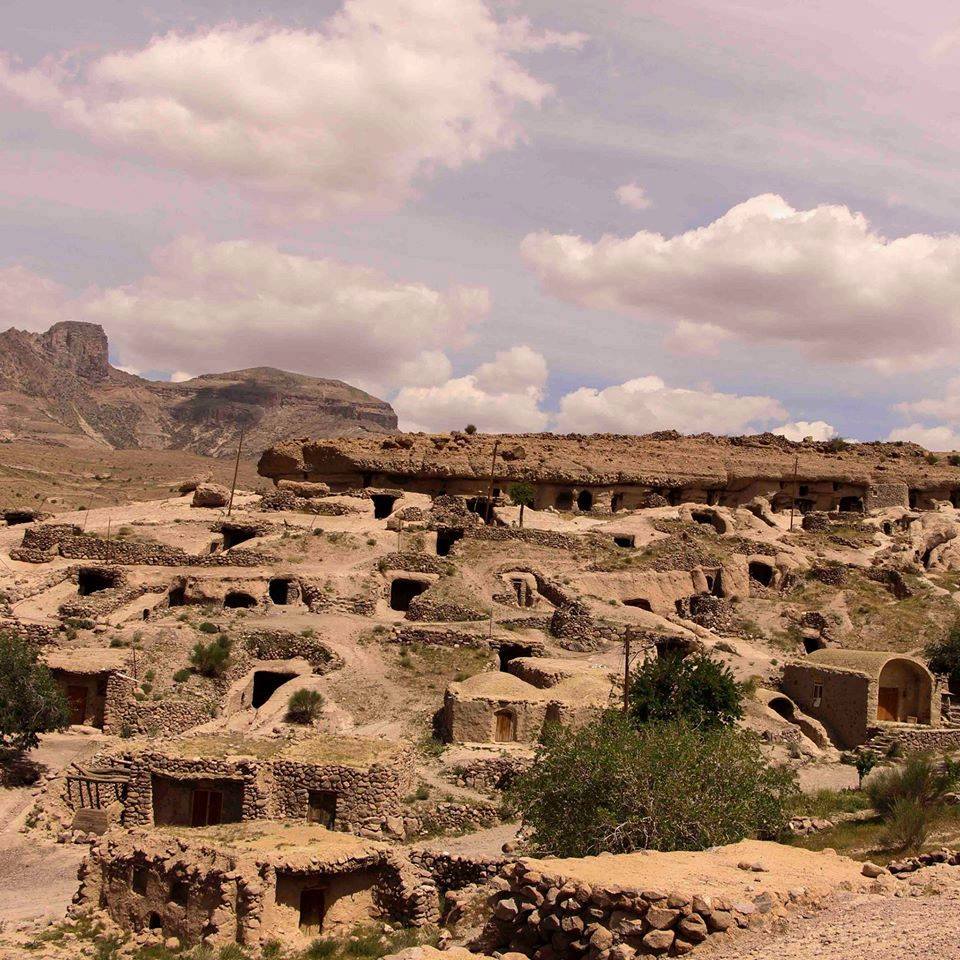
Many of the residents live in the 350 hand-dug houses amid the rocks, some of which have been inhabited for as long as 3,000 years. Stone engravings nearly 10,000 years old are found around the village, and deposits of pottery nearly 6,000 years old attest to the long history of settlement at the village site.
Kerman is definitely one of the attractive destinations for those who want to experience historical and natural sites simultaneously. A list of world-class heritage lies in the heart of this province such as Ganjali Khan Complex, Fath Abad Garden, Shahzadeh Garden, Bam Citadel and so on. Among the numerous valuable old monuments of Kerman, Rayen Citadel is one of the great attractions that draw many tourists annually from all around the world.
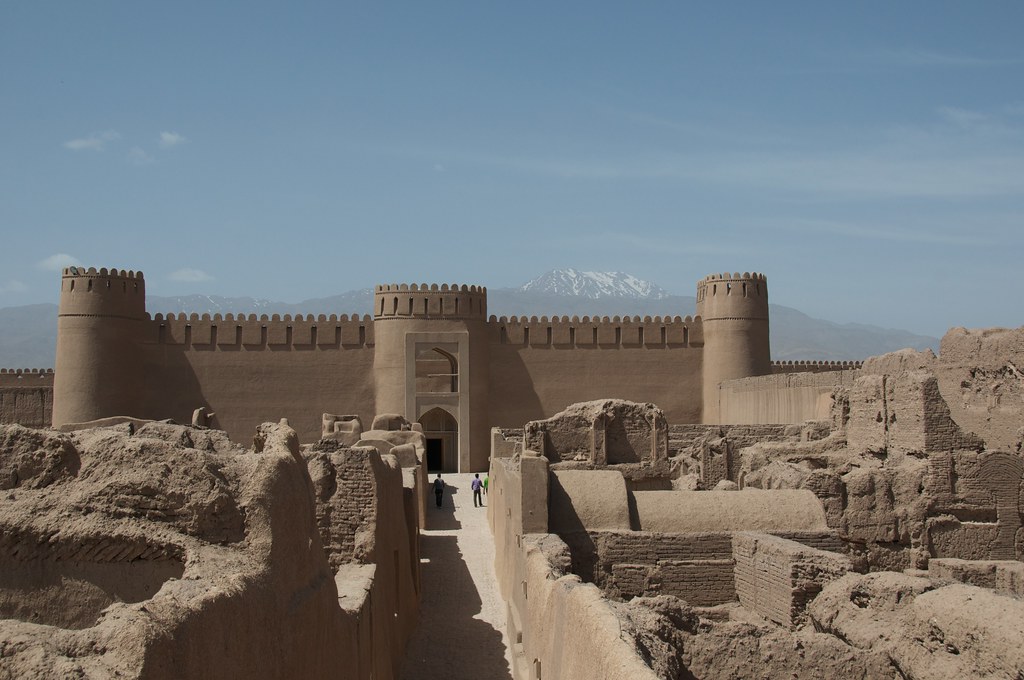
We suggest you visit the Rayen Citadel on the way to the Lut Desert. Today no one lives behind the walls of this citadel, while many people lived there until 150 years ago. So, it has become an interesting museum.The Rayen Citadel has been one of the most important centers for making swords, guns, and knives in the past. The knife industry is still prevalent in Rayen city, and a number of its workshops are still working in the form of craftsmanship in the citadel. Other tools provided in these workshops include sugar mills, sickle, cleaver, scissors, and Tongs. It is interesting to know that, the Rayen armies, under the command of Ganjali Khan-Hakim Kerman-in the war with the Ottomans, used the hand-made rifles of the Rayen artists and beat them.
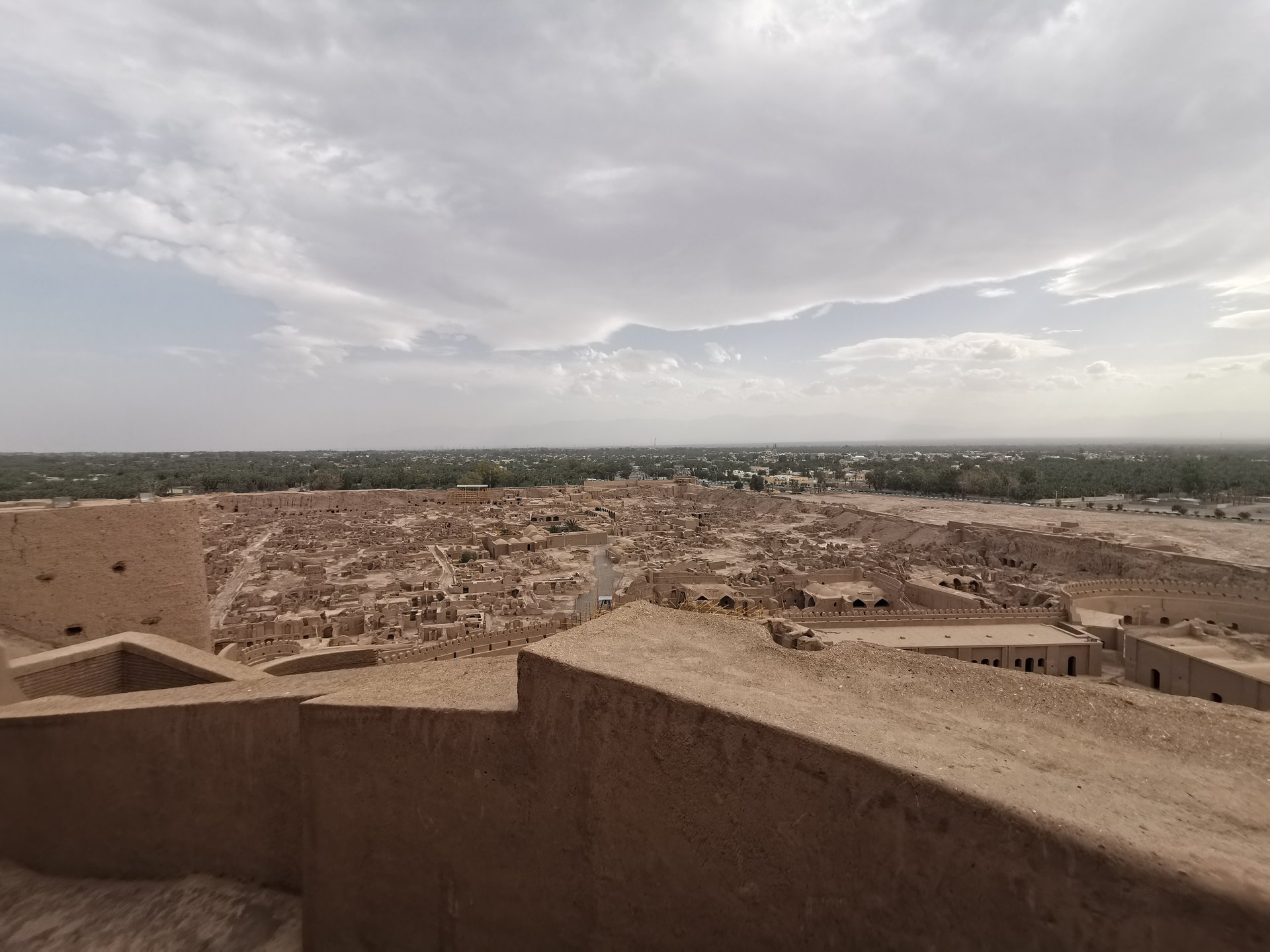
The entire building was a large fortress in whose heart the citadel itself was located, but because of the impressive look of the citadel, which forms the highest point, the entire fortress is named the Bam Citadel.
On December 26, 2003, the Citadel was almost completely destroyed by an earthquake, but renovation of it continue for years and now worth to visit it.

